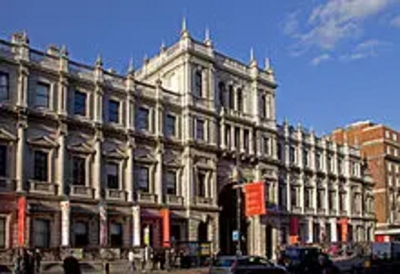Two Symbolic Anniversaries for two Top Learned Societies for Chemistry

2017 saw the 175th anniversary of the founding of the Chemistry Society in 1841. A few years later, in 1847, in recognition of the importance of this field of study and the quality of its proceedings, it received its Royal Charter.
Originally named the Chemical Society of London, it was formed in 1841 by 77 scientists as a result of increased interest in scientific matters. Chemist Robert Warington was the driving force behind its creation and Thomas Graham was its first president.
Membership was open to all those interested in chemistry, but fellowship was for long restricted to men. However, in 1904, Edith Humphrey, thought to be the first British woman to gain a doctorate in chemistry (at the University of Zurich), was one of nineteen women chemists to petition the Chemical Society for admission of women to fellowship. This was granted in 1919 and Humphrey was later elected to fellowship of the society.
The Society was well respected worldwide, and especially in Europe, with one of its early members being the eminent German chemist August Wilhelm von Hofmann, who himself became president of the society in 1861.
Its activities expanded over the years, including eventually becoming a major publisher in the field of chemistry. In 1980, it amalgamated with the Royal Institute of Chemistry, the Faraday Society and the Society for Analytical Chemistry to become the Royal Society of Chemistry.

In 1854, Burlington House was sold to the British government to be demolished and used as the site for the University of London. This plan, however, was abandoned in the face of strong opposition and in 1857 Burlington House was occupied by the Royal Society, the Linnean Society (along Piccadilly and in the west wing) and the Chemical Society (now in part of the east wing and renamed the Royal Society of Chemistry).
Subsequently the Geological Society of London moved in along Piccadilly and part of the east wing and the Royal Astronomical Society and the Society of Antiquaries of London both took separate parts of the west wing.
2017 was also the 150th anniversary of the founding of the Gesellschaft Deutscher Chemiker as it is now called. Born in Giessen in 1818, August Wilhelm von Hofmann was one of the most outstanding organic chemists of the 19th century and he was appointed as the first Director of the Royal College of Chemistry in London when he was only 27. However, he returned to Germany in 1867 to a post in the University of Berlin and together with Adolf von Baeyer founded Deutsche Chemische Gesellschaft. This was modelled on the Chemical Society of London and Hofrmann was appointed its first president.
Two notable English students of Hofmann were Charles Mansfield, who synthesised quinine and pioneered the extraction of important chemicals from coal tar, and William Henry Perkin, who synthesised the dye mauveine which with many other colours and textile dyes revolutionised the world of fashion. A safer dye - i.e. one not containing arsenic - which probably saved a good few ladies' lives was what was known as Perkin's Green.
Today there is a pleasing approriateness that the artistic Royal Academy, whose painter members were always seeking more vivid and longer a lasting colours, share the same premises as a scientific society, several of whose founding members brought bright colour to art, fashion and decoration in general!
